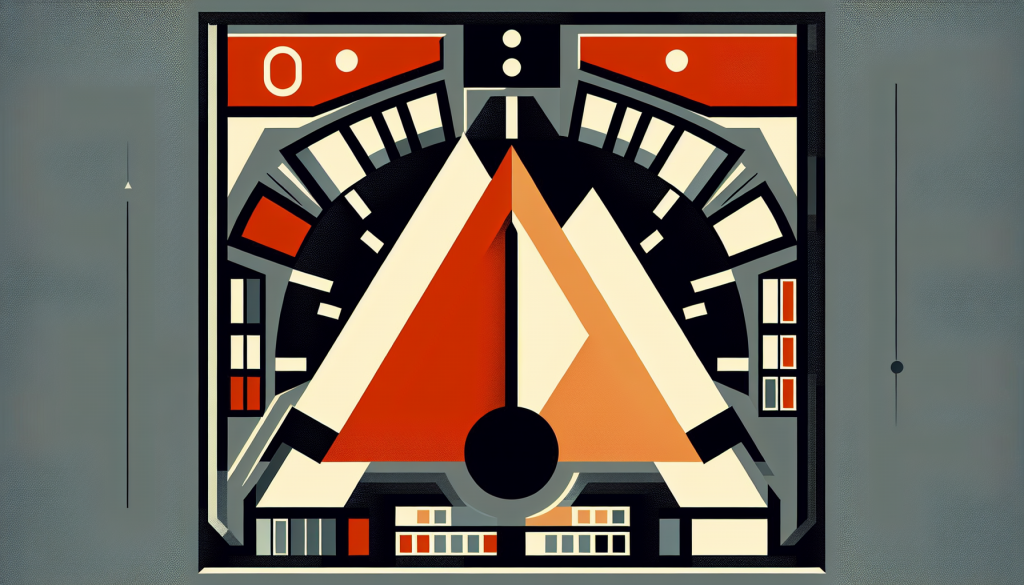What’s Up with Those Dashboard Lights?
Ever had your car’s dashboard light up like a Christmas tree? Those lights aren’t just for show—they’re your car’s way of saying, “Hey, something’s up!” Let’s break down what these lights mean and why you should care.
Why You Shouldn’t Ignore Dashboard Lights
Dashboard lights are like your car’s way of sending an SOS. They let you know when something’s wrong, and ignoring them can turn a small problem into a big, expensive headache.
| Warning Light | Why It Matters |
|---|---|
| Check Engine Light | Your engine’s in trouble. Don’t ignore it. |
| Oil Pressure Light | Low oil pressure can wreck your engine. |
| Battery Light | Battery or charging issues can leave you stranded. |
| Brake Light | Brake problems are a safety hazard. |
| ABS Light | Issues with anti-lock brakes can affect stopping power. |
Want to know more about these symbols? Check out our dashboard warning light symbols article.
Why Are My Dashboard Lights Flashing?
Flashing lights usually mean something’s seriously wrong. Here’s a quick rundown of what might be causing those annoying blinks:
| Warning Light | Possible Problems | Learn More |
|---|---|---|
| Check Engine Light | Could be spark plugs, oxygen sensor, or catalytic converter | dashboard warning light diagnosis |
| Oil Pressure Light | Maybe the oil pump’s failing, oil levels are low, or the filter’s clogged | dashboard warning light oil |
| Battery Light | Alternator might be shot, battery connections loose, or battery’s dead | dashboard warning light battery, dashboard warning light alternator |
| Brake Light | Low brake fluid, worn pads, or faulty sensors | dashboard warning light brake |
| ABS Light | Could be the ABS module, wheel speed sensors, or low brake fluid | dashboard warning light abs |
Knowing these common issues can help you fix them before they get worse. For more in-depth troubleshooting, visit our dashboard warning light troubleshooting guide.
Stay on top of these lights to keep your car running smoothly. For step-by-step fixes, check out our dashboard warning lights solutions article.
Fixing Those Annoying Dashboard Lights
When your dashboard lights start flashing like a disco ball, it’s time to act fast. This guide will walk you through what to do and when to call in the pros.
What to Do When Dashboard Lights Flash
-
Grab the Owner’s Manual: Your car’s manual is your best friend here. It will tell you what each light means. Different lights mean different problems, like low oil or battery issues. For more details, check out our dashboard warning light guide.
-
Pull Over Safely: If a red or flashing light pops up, it usually means something serious. Find a safe spot, pull over, and turn off the engine.
-
Check the Basics:
- Oil Levels: Use the dipstick to check your oil. If it’s low, add more.
- Coolant Levels: Look at the coolant reservoir and top it off if needed. For more info, see our coolant guide.
- Look for Obvious Problems:
- Loose Gas Cap: A loose or broken gas cap can trigger the check engine light. Tighten or replace it.
- Battery Connections: Make sure the battery terminals are clean and tight. For more details, see our battery guide.
-
Restart the Car: Sometimes, turning the car off and on again can reset the lights. If not, you need to dig deeper.
-
Avoid Long Drives: If the problem seems bad, don’t drive far. Get professional help ASAP.
| Immediate Steps | Action |
|---|---|
| Check Owner’s Manual | Understand light meaning |
| Pull Over Safely | Turn off the engine |
| Inspect Basics | Check oil and coolant levels |
| Look for Obvious Problems | Gas cap and battery connections |
| Restart Car | Try to reset lights |
| Avoid Long Drives | Seek professional help |
When to Call the Pros
-
See a Mechanic: If the light stays on or keeps flashing, it’s time to see a mechanic. They have the tools to figure out what’s wrong. For more details, visit dashboard warning light diagnosis.
-
Diagnostic Tools: Mechanics use special tools to read error codes from your car’s computer. These codes tell them exactly what’s wrong.
-
Fixes and Replacements: Based on the codes, they’ll fix or replace what’s broken. This could be anything from electrical issues to sensors. For repair info, see our repair guide.
-
Regular Maintenance: Keep up with regular maintenance to avoid these issues. Change the oil, top off the coolant, and check the battery regularly. For tips, check out common dashboard warning light problems.
-
Keep Service Records: Always keep a record of services and repairs. This helps track recurring issues and keeps your car’s history clear.
| Professional Help | Action |
|---|---|
| See a Mechanic | Get a professional diagnosis |
| Diagnostic Tools | Read error codes |
| Fixes and Replacements | Repair or replace parts |
| Regular Maintenance | Prevent problems |
| Keep Service Records | Track history |
Follow these steps to deal with those pesky dashboard lights and keep your car in top shape. For more troubleshooting tips, visit our troubleshooting guide.



